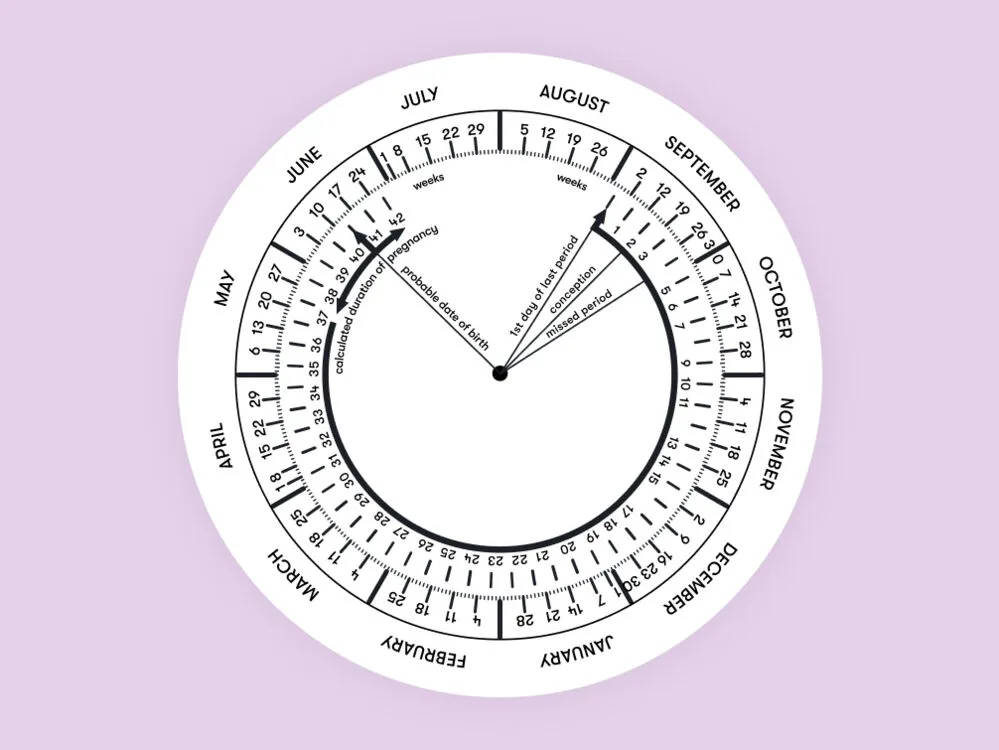Numbers can be confusing sometimes, like when you’re trying to understand the difference between two-half years and two and half years.
Understanding the difference between two-half years and two-and-a-half years is essential for various purposes, including age calculation, measuring time intervals, and financial calculations.
While the two phrases may seem similar, there is a significant difference between them.
Keeping it simple, two and a half years means 2.5 years, two half years means one complete year, with each half referring to six months.
In this article, we will explore the meanings of these two phrases and their implications in various contexts.
Defining Two-Half Years

When we say “two-half years,” we refer to a period of one year divided into two equal parts.
In other words, a half-year is a six-month period, and two half-years would be twelve months or one full year. This term is often used in financial calculations or contracts that involve payments or obligations that occur semi-annually.
For instance, a company might pay its shareholders dividends twice a year, with each payment covering six months of profits. In such cases, the contract or agreement might state that the dividends will be paid out in two half-yearly installments.
Another context in which the term “two-half years” might be used is when measuring time intervals or ages.
For example, if someone says they have been working at a company for “two and a half years,” they might mean that they have worked for two full years and six months.
However, if someone says they have been working at a company for “two and half years,” they mean they have worked for one full year.
Defining Two And A Half Years
When we say “two and a half years,” we refer to a period of thirty months or two and a half years. This term is commonly used in various contexts, including age calculation, measuring time intervals, and financial calculations.
For example, if a child is two and a half years old, they have completed thirty months of life.
Similarly, if someone says they have been working at a company for “two and a half years,” they mean they have completed thirty months of employment.

The term “two and a half years” is also commonly used in financial calculations, particularly when calculating interest or loan payments.
For instance, if someone takes out a loan with a term of thirty months, they might be required to make thirty payments, with each payment covering one month of the loan’s term.
In such cases, the loan agreement might state that the payments will be made over “two and a half years.”
Differences Between Two-Half Years And Two And A Half Years
By now, the basic difference should be cleared but we’ll be covering more aspects in this section.
The main difference is that “two-half years” refers to a period of twelve months, while “two and a half years” refers to a period of thirty months. This means that “two half years” is equivalent to one full year, while “two and a half years” is equivalent to two years and six months.
| Two Half Years | Two and a Half Years | |
|---|---|---|
| Length of Time | 1 year | 2 years and 6 months |
| Calculation Example | If a loan has a term of “two half years,” the borrower would make payments for only one year. | If a loan has a term of “two and a half years,” the borrower would make payments for two years and six months. |
| Financial Implications | The use of “two half years” or “two and a half years” can impact interest calculations, loan payments, and investment returns. | The use of “two-half years” or “two and a half years” can impact interest calculations, loan payments, and investment returns. |
| Time Measurement Example | If someone has been working for “two half years,” they have completed one year of employment. | If someone has been working for “two and a half years,” they have completed two years and six months of employment. |
| Age Calculation Example | If a child is “two and a half years” old, they have completed thirty months of life. | If someone has been married for “two half years,” they have completed one year of marriage. |
Another difference between the two phrases is their usage in different contexts.
“Two-half years” is commonly used in financial calculations, contracts, and agreements that involve semi-annual payments or obligations.
On the other hand, “two and a half years” is commonly used in various contexts, including age calculation, time measurement, and financial calculations that involve a term of thirty months.
Implications in Financial Calculations
The difference between “two-half years” and “two and a half years” can have crucial implications in financial calculations, particularly when calculating interest, loan payments, or investments.
For example, if someone invests a sum of money for “two half years” at an interest rate of 5% per annum, they would earn interest for only one year. However, if the investment term is “two and a half years,” they would earn interest for two years and six months.

Similarly, if someone takes out a loan with a term of “two half years,” they would have to make payments for only one year, while a loan with a term of “two and a half years” would require payments for two years and six months.
This difference can significantly impact the amount of interest paid or earned, as well as the total amount of the loan or investment.
In financial contracts or agreements, the use of the terms “two-half years” or “two and a half years” can be crucial in determining the payment or obligation schedule.
For example, if a company agrees to pay dividends in “two half-yearly installments,” it means that the payments will be made semi-annually for a period of one year.
However, if the agreement states that the dividends will be paid over “two and a half years,” it means that the payments will be made over a period of thirty months.
Implications in Time Measurement and Age Calculation
The difference between “two-half years” and “two and a half years” can also impact time measurement and age calculation.
For example, if someone says they have been working at a company for “two half years,” they mean that they have completed one full year of employment.
However, if they say they have been working for “two and a half years,” they mean they have completed two years and six months of employment.

Similarly, if a child is two and a half years old, it means that they have completed thirty months of life. However, if someone says they have been married for “two and half years,” they mean that they have completed one full year of marriage.
The use of the terms “two-half years” or “two and a half years” can be crucial in accurately measuring time intervals or ages.
FAQs:
Q: Can the use of “two-half years” or “two and a half years” impact financial calculations?
A: Yes, the use of these terms can significantly impact interest calculations, loan payments, and investment returns. It can also affect the payment or obligation schedule in financial contracts or agreements.
Q: How do you write 2.5 years?
A: You convert 2.5 years into a whole number and a fraction, like 2 1/2 years. Also, read as ‘two and a half years,’ it means two years and six months of time.
Q: Is it important to use “two-half years” or “two and a half years” accurately and appropriately?
A: Yes, it is important to use these terms accurately and appropriately in different contexts to avoid confusion and ensure accurate calculations, especially in financial contexts such as loans, investments, or contracts.
Conclusion
- In conclusion, understanding the difference between “two-half years” and “two and a half years” is essential in various contexts, including financial calculations, time measurement, and age calculation. While the two phrases may seem similar, the main difference is that “two-half years” refers to a period of one year, while “two and a half years” refers to a period of two years and six months.
- The use of the terms “two-half years” or “two and a half years” can significantly impact the calculation of interest, loan payments, or investments. It can also affect the payment or obligation schedule in financial contracts or agreements.
- Therefore, it is crucial to use these terms accurately and appropriately in different contexts to avoid confusion and ensure accurate calculations.

